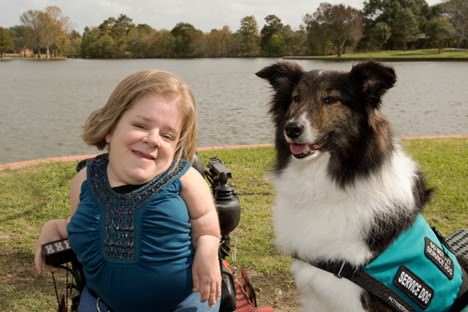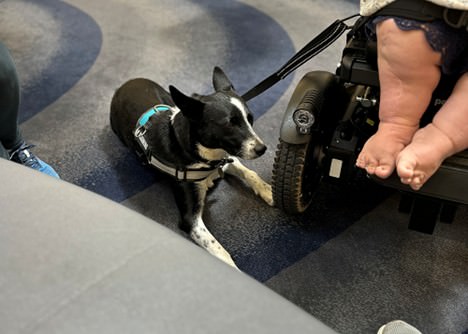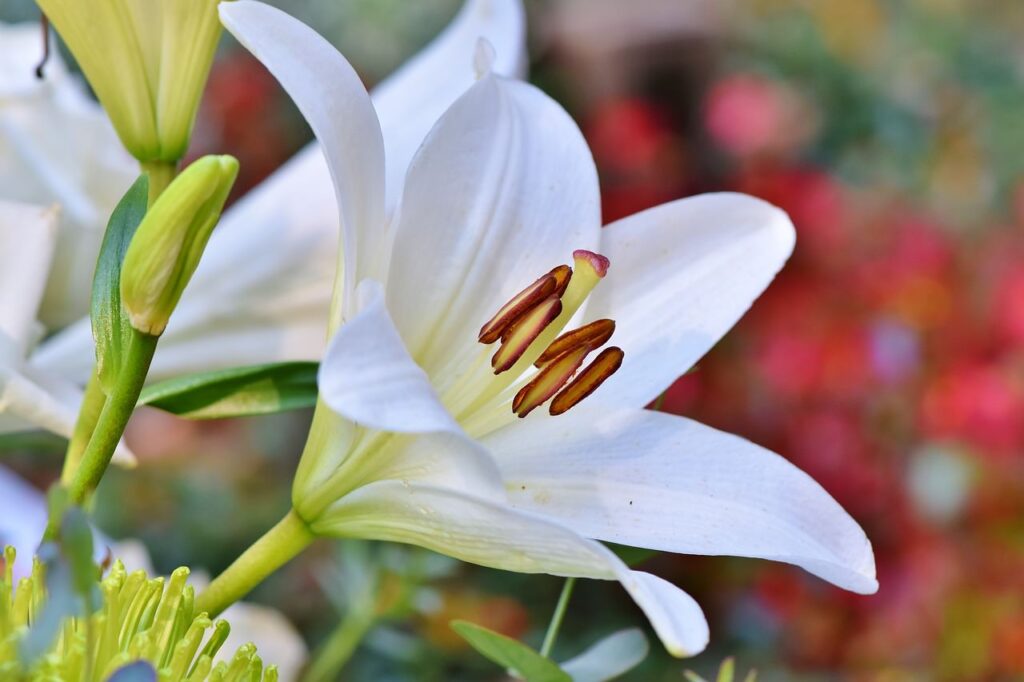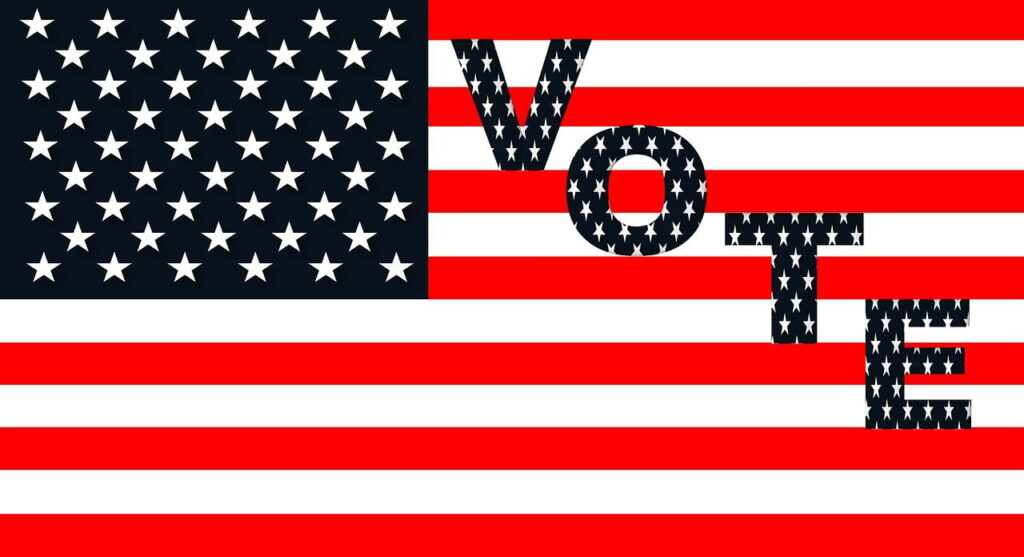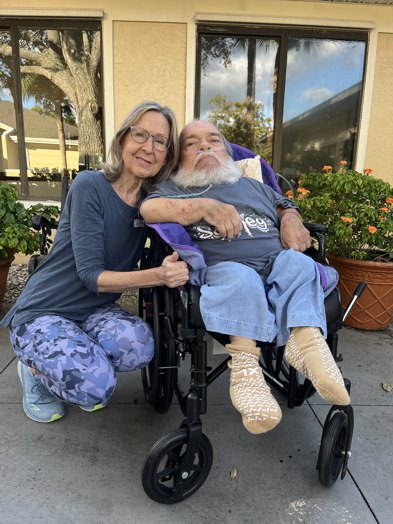
Preface
Two months after the death of Robert, my husband of 43 years, I was asking God to reveal my next move. All my plans came to a halt when he died on December 14, 2024. Everything was on hold. My world stopped!
However, a light bulb turned on for me when reading the book of Deuteronomy. I was struck by what Moses did after 40 years of leading the Israelites out of slavery to the Promised Land. Instead of taking immediate action, he paused before directing the Israelites to take possession of the land. He reviewed their turbulent desert history and recounted how the Lord their God watched over them all along the way.
Want to subscribe to receive blog updates sign up today!
So before making my next move, I reviewed how God had watched over Robert and me during his last year on the planet. As I sorted events into chronological sequence, one thing became clear—I have a lot to say about how God cared for us! So after a five month pause writing for my blog, the second Wednesday of the month will see posts upload in a series on “until death do us part.”
# # # # #
Institutional Care
Robert’s difficulty breathing, recurring infections, and COVID-19 dominated our 2024 calendar with five hospital admissions, three ER visits, and stints in acute and subacute rehabilitation facilities. Altogether Robert spent 23 weeks in institutional care.
The March 2nd hospitalization was the trigger for it all as Robert lay at death’s door with his lungs on the verge of collapse. His survival depended on my consent for him being intubated, put on a ventilator, and beginning dialysis due to his End Stage Renal Disease. In one sense we had prepared us for this emergency, a year earlier, when Robert signed a Living Will appointing me as his Health Care Surrogate to make decisions for him in the event he became incapacitated. In another sense, there was no way to prepare for the pain associated with watching Robert’s chest heave up and down as he struggled for air.
But I was faced with the dilemma of knowing Robert would die if I refused consent, or could die if I did consent and the ICU doctor botched it because he had never intubated a Little Person! So Robert’s cousin Susan and I prayed for wisdom and trusted the Great Physician to guide the doctor’s hands. And God heard us. The intubation was successful on the first try and Robert was backed off the cliff when the ventilator started breathing for him. Four days later, the tube was removed and he breathed independently albeit with CPAP and oxygen support.
Robert’s dwarfism added many medical challenges. For example, staff couldn’t insert reliable intravenous (IV) catheters into veins on his arms or hands. The solution was surgical procedures to insert tunneled catheters into veins just below his shoulders—one for dialysis and the other for antibiotic infusions. Unfortunately, when sepsis infection attached to both catheters they had to be removed and reinserted a few days later.
Robert’s 40 plus visitors from family, church, and friends encouraged us both with their presence, gifts, and prayers. A core group of six regular visitors often pitched in with personal care tasks like feeding Robert meals; trimming his beard and moustache; cutting his hair; giving manicures; enjoying onsite events like the Fall Festival and Antique Car Show; and soaking in the sun in the garden.
My daily visits were for a minimum of three hours, but typically closer to six. One rehabilitation resident saw me at the facility so frequently, he mistook me for a resident. In my comings and goings, I savored the beauty of God’s creation by photographing the birds, flowers, trees, and water views on facility grounds. Eating the delicious brownies at the hospital cafe contributed to my picking up a couple of pounds. My Cinderella-like curfew caused me to be home by sunset to avoid being blinded by oncoming vehicle lights.
Visitors were also important players in advocating for Robert’s needs. Food was a common area of concern. Hospital personnel were not good at ensuring Robert’s meals were ordered, delivered, or accessible to him. His core-group visitors often helped him eat when staff were MIA. On one occasion, Robert’s assigned tech was caught lying to a visitor who came to help him eat lunch. He said Robert had already eaten. So why was his untouched food tray sitting in the hall outside his room?
I often advocated for Speech Language Pathologists (SLPs) to modify Robert’s diet restrictions. We shared the goal to prevent Robert from choking, but the divergent opinions of various SLPs gave me confidence to challenge rulings limiting his food to minced and moist or pureed. As his condition deteriorated, I accepted that the texture and thickness of food and liquids should change, but only in step with Robert’s condition not the SLPs overly cautious approach. Food was Robert’s only remaining pleasure.
Given that hospital admissions were traumatizing and lacked continuity due to different nurse assignments almost every day, I sometimes advocated against admission. This happened in early November when Robert was in the ER for a blood clot. Instead of giving my consent to admit him, I asked the doctor what the hospital would do that couldn’t be done in his rehabilitation facility. The doctor said Robert could see a vascular surgeon. But I knew Robert had already seen the vascular surgeon the ER doctor had in mind. After checking with the surgeon, the ER doctor ordered prescriptions to be administered at the rehabilitation facility.
Despite hospital and rehabilitation facilities being covered by the Americans with Disabilities Act, I had to self-advocate for access in and out of one building, an intensive care unit (ICU), and a guest bathroom. The placement of entry and exit buzzers or phones way above my head were barriers to my independent access. Although able to get into a guest bathroom, I struggled to get out using door handles with round knobs instead of levers. The Assistant Director of Nursing agreed to upgrade the bathroom to ADA compliant door handles, but removing the other barriers required time and energy I didn’t have. Thankfully, there were plenty of people around willing to help me.
After sepsis spread through Robert’s body in September, his communication dropped dramatically. He couldn’t make phone calls and became a man of few words. One cousin was happy Robert said his name, but disappointed it was the only word he said. His brother complained, “he won’t talk to me.” But every now and then Robert amazed me:
- In mid-November after giving Robert a heads up on my scheduling a Hospice information session, he said: “not ok.”
- In late November when asking Robert what he wanted to name his toy dog, he replied, “woof, woof, woof.”
- The day before he died, I zoom called Robert’s college room-mate. He reached for the phone when he saw Alan’s face and said, “Wow!”
- The day he died, two cousins got to hear him say, “I love you too.”
This retrospective was key to my seeing the hand of God guiding and caring for us both all year long. Consequently, I have confidence that God will care for and guide me through whatever happens next.
“Give all your worries and cares to God, for he cares about you.”
1 Peter 5:7 (New Living Translation)
You may also want to read:
- Deuteronomy Chapters 1 to 11.
- Kitchen Table or ICU Decisions? April 15, 2024. https://angelamuirvanetten.com/kitchen-table-or-icu-decisions/
- PATIENTS HAVE RIGHTS: What’s in Their Bill? December 11, 2023. https://angelamuirvanetten.com/patients-have-rights-whats-in-their-bill/
- Advocacy Makes Change Possible. May 17, 2021. https://angelamuirvanetten.com/advocacy-makes-change-possible/


